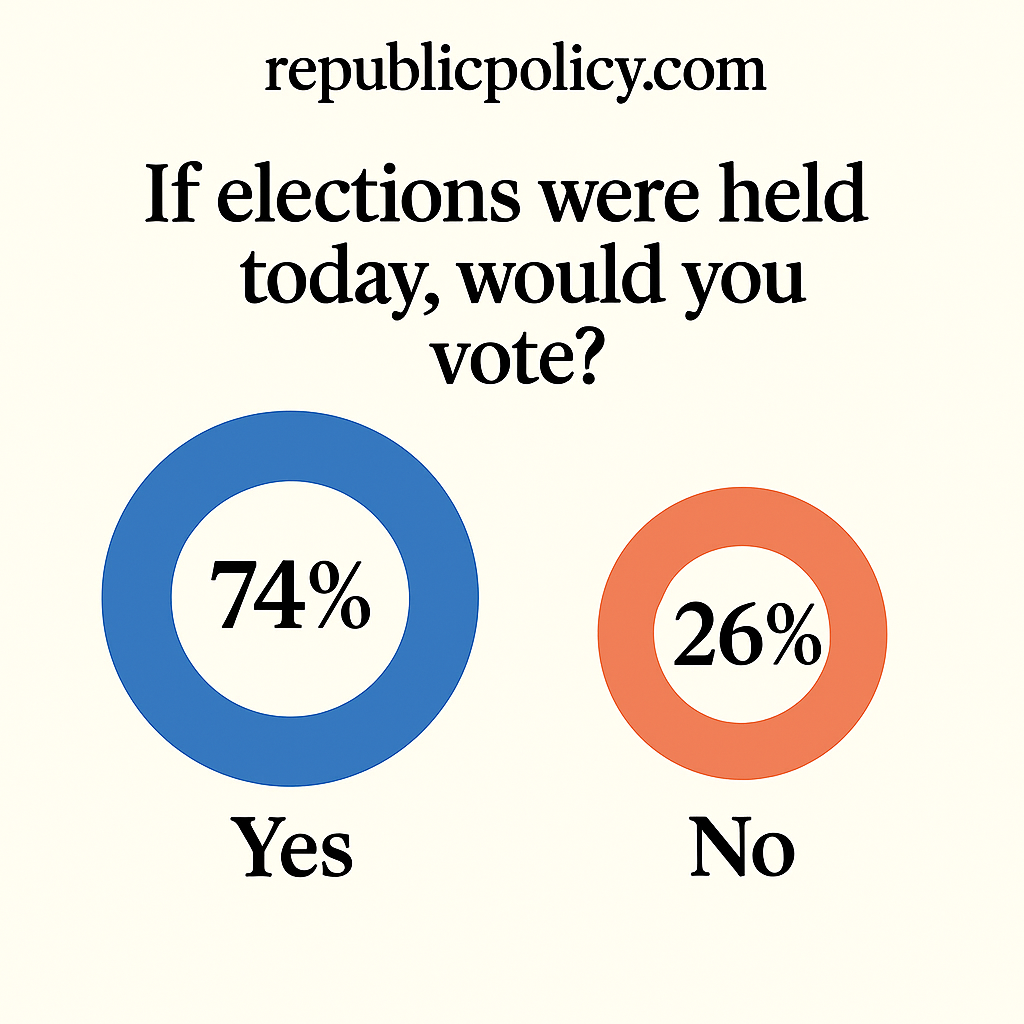Nawazish Ali
In recent years, Pakistan’s banking and financial sector has experienced a significant surge in digital adoption, signaling a promising future. This shift towards digitization holds the promise of revolutionizing financial inclusion and fostering economic growth in the country. However, embracing this digital wave comes with its own set of challenges, necessitating a comprehensive, multi-pronged approach that incorporates global best practices.
Embracing the Digital Wave
Initially, both customers and financial institutions encountered obstacles in navigating the transition towards digital banking. Limited technological infrastructure, a lack of digital literacy among customers, and concerns about security posed significant challenges. However, commendable efforts by the Central Bank of Pakistan (SBP) and proactive initiatives from commercial banks have paved the way for embracing digitalization, providing reassurance about the progress. Updated regulatory frameworks have accommodated innovative financial products and services, while awareness campaigns have fostered trust and encouraged digital adoption among the populace.
A Catalyst for Financial Inclusion
Pakistan has a substantial unbanked population, particularly in rural areas. Digital banking presents a unique opportunity to bridge this gap and foster financial inclusion. Through the use of mobile wallets, branchless banking solutions, and agent networks, banks can extend their reach to previously underserved segments, empowering individuals and small businesses. This not only empowers individuals and small businesses but also injects liquidity into the formal economy, promoting growth and stability.
Building a Robust Digital Ecosystem
Recognizing the opportunity, leading Pakistani banks are extending their reach to the micro-level, targeting the unbanked population and fostering local market growth. This customer penetration strategy promotes a transparent, “black-to-white” economy. In order to achieve these goals, banks are revamping their infrastructure and creating dedicated teams of digital banking professionals. Furthermore, to overcome potential challenges and mitigate risks, banks are introducing a new “enablement” segment. These specialists will act as transformation agents, smoothing the transition by integrating every possible digital banking feature into the traditional banking framework.
Challenges and the Road Ahead
Despite the promising advancements in digital banking, it is crucial to acknowledge the inherent risks associated with this transformation. Banks must develop robust procedures to effectively manage operational and fraud risks. Accepting residual risks on a realistic basis is essential for progress. Operational risk assessment becomes particularly critical when designing products for micro-level customers, aiming to bring the unbanked population into the formal financial system.
Conclusion
Pakistan’s digital banking revolution holds immense promise for financial inclusion, economic growth, and social development. By adopting a holistic approach that incorporates global best practices, fosters collaboration between stakeholders, and addresses existing challenges, Pakistan can establish itself as a leader in the digital banking landscape. This transformation not only empowers individual lives but also paves the way for a more inclusive and prosperous future for the country.














